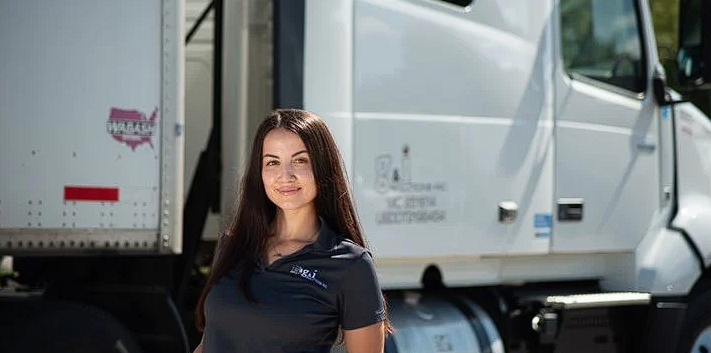
Pilot Program's New Approach in Solving Driver Shortage
Although the driver shortage is old news for trucking industry veterans, attention to this issue is far from fading. In fact, the need for drivers continues to increase by the day as online ordering has led to logistics shifts across the country. More freight means more drivers, and the ongoing shortage has put a massive strain on some parts of the trucking sector.
To put things in perspective, the American Trucking Association estimated that 80,000 drivers were needed in 2021, and this number could double by 2030. The Covid-19 pandemic and resulting supply chain breakdown certainly did no favors for trucking company owners, but even as those problems are largely in the rearview, more issues are ahead. Challenges surrounding compensation, competition from other industries and an aging workforce have put the need to attract younger drivers high on trucking’s list of priorities.
What is Being Done
To solve these problems, a number of initiatives have been put into motion, but one of the most promising is the Safe Driver Apprenticeship Pilot Program. This three-year program aims to provide opportunities for drivers under the age of 21 to get behind the wheel faster, a process that is currently hampered by laws forbidding interstate driving by under-21s.
The program partners younger drivers with experienced veterans who can supervise over-the-road performance. It’s estimated that the pilot phase of the program will involve as many as 3,000 young drivers. In order to participate, apprentices must possess a state-issued CDL, maintain a clean driving record and participate in at least 400 hours of training.
Driving the Future With Technology
Although the Safe Driver Apprenticeship Pilot Program is considered to be a positive step toward getting younger drivers trained and ready for the road, this can’t be done without technology. The program requires that all apprentice-operated vehicles be equipped with the latest in safety technology, including forward- and rear-facing cameras, collision-avoidance systems and speed governance equipment.
Requiring the use of this technology was included in the program to help alleviate concerns regarding road-readiness and maturity on the part of younger drivers. By automating safety processes, more drivers can be trained to pilot trucks safely as other initiatives are put into place to resolve the driver shortage.
Additional credit:
https://www.truckinginfo.com/10177752/why-the-young-driver-apprenticeship-program-could-be-key-to-truckings-future



